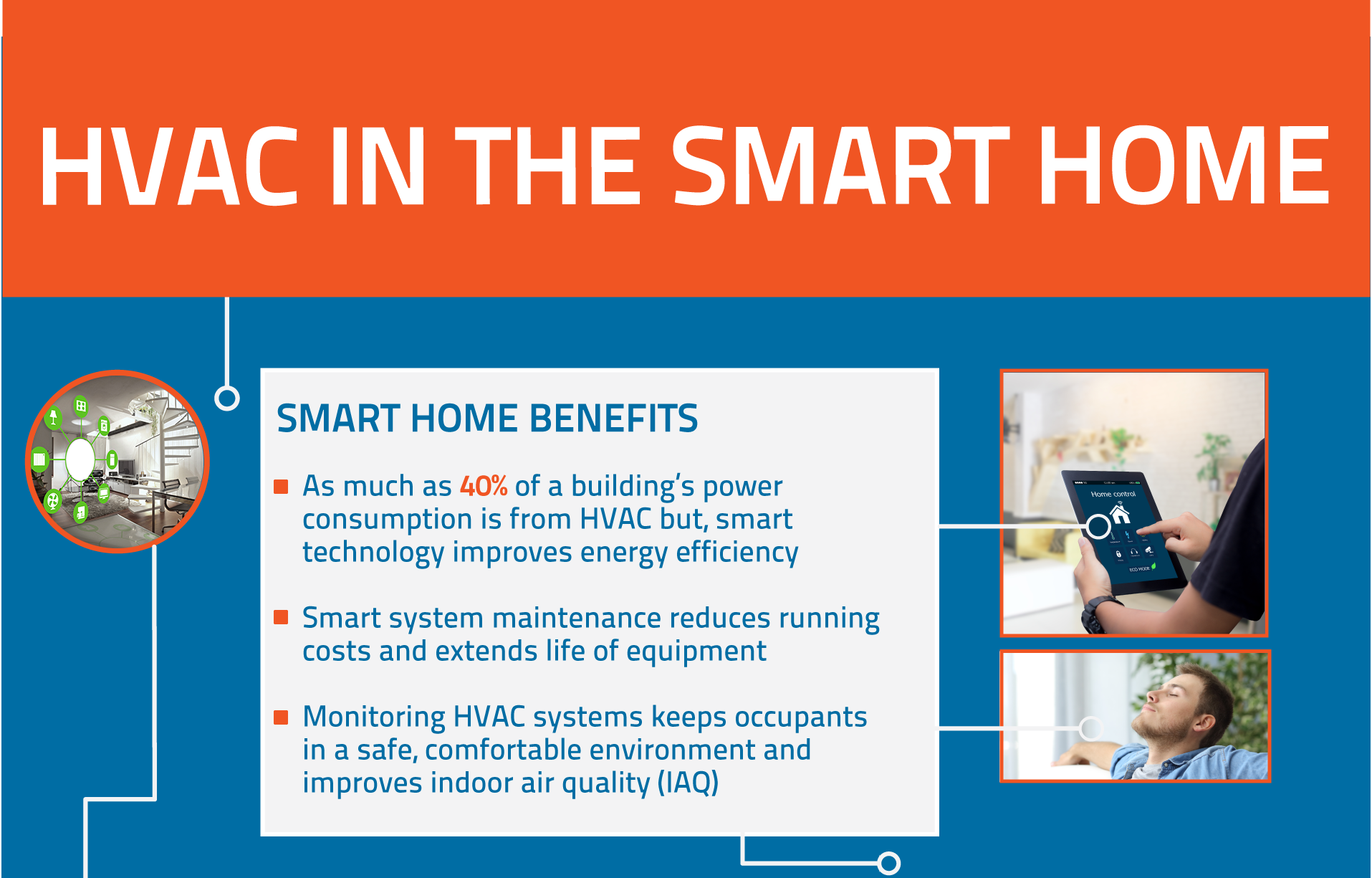Find Out How To Make Sure The Efficiency And Longevity Of Your Heat Pump System By Steering Clear Of Typical Installment Blunders
Find Out How To Make Sure The Efficiency And Longevity Of Your Heat Pump System By Steering Clear Of Typical Installment Blunders
Blog Article
Content Writer-McDougall Wheeler
When setting up a heat pump, you should steer clear of usual errors that could jeopardize its effectiveness. Neglecting appropriate sizing might cause inefficiencies and higher utility prices. Ignoring insulation and securing can cause energy wastage and strain on the unit. Moreover, positioning the exterior unit incorrectly may affect its performance. By avoiding these mistakes, you can ensure ideal operating and sturdiness of your heat pump system.
Improper Sizing of Heatpump
When it pertains to the setup of heatpump, among the most typical mistakes is improperly sizing the system for your area. Making sure the right size is crucial for ideal efficiency. If the heat pump is too tiny, it will struggle to warm or cool your space efficiently, causing enhanced power bills and potential wear and tear on the unit.
On the other hand, if the heatpump is also large, it will cycle on and off often, causing temperature level variations and reducing its life-span.
To avoid this error, it's important to have a professional examine your space and suggest the appropriate dimension of the heat pump based upon variables like square video footage, insulation, ceiling elevation, and neighborhood climate. By spending the moment and effort to make sure the appropriate sizing, you can appreciate a comfortable environment while making the most of energy effectiveness and lengthening the lifespan of your heatpump.
Inadequate Insulation and Sealing
To ensure the efficient procedure of your heatpump, it's essential to resolve inadequate insulation and securing in your space. Proper insulation assists maintain a regular temperature inside, decreasing the workload on your heat pump. Insufficient insulation can result in energy loss, making your heat pump job harder and much less efficiently.
Sealing any voids or leakages in your space is just as crucial. These voids enable conditioned air to run away and outside air to seep in, compeling your heat pump to compensate for the temperature fluctuations.
Incorrect Placement of Outdoor System
Attending to the positioning of your heat pump's outdoor unit is crucial to maximizing its efficiency. Mounting the exterior system in a wrong area can result in effectiveness concerns and prospective damage to the device.
One typical mistake to prevent is putting the outdoor unit as well near to a wall or other frameworks. https://cesarsnhcw.blogsuperapp.com/31018724/assessing-the-performance-and-expenses-of-air-resource-versus-geothermal-warmth-pumps-will-certainly-enable-you-to-choose-the-optimum-option-for-your-home can restrict air flow, creating the device to function more challenging to warm or cool your space, eventually reducing its efficiency and life expectancy.
One more error to steer clear of is placing the exterior device in direct sunlight. While some sunlight is inescapable, excessive direct exposure can bring about getting too hot, particularly during hot summer season days. https://www.defense.gov/Newsroom/Contracts/Contract/Article/2641085/ to position the outside unit in a shaded location to help maintain its ideal operating temperature level.
Furthermore, make sure that the exterior unit is put on a secure and level surface area. Irregular ground can cause vibrations and unnecessary strain on the device, impacting its performance with time.
Verdict
Finally, staying clear of typical errors throughout heat pump installation is necessary for optimizing efficiency and durability of your system. By making certain appropriate sizing, sufficient insulation, sealing, and proper placement of the outdoor system, you can avoid problems such as ineffectiveness, increased power expenses, and stress on the unit. Making the effort to attend to these key factors will inevitably conserve you money and time in the long run.
